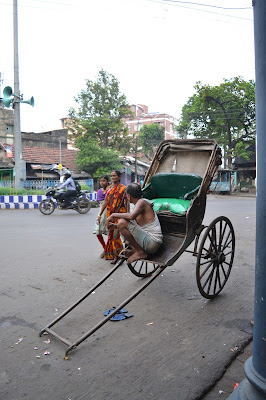Bengal and bomb

Football, literature, poets, singers are already a piece of history in Bengal while Calcutta is now good at producing lumpen elements. The city, like its myriad crumbled edifices, is only left with its history to boast. “Parar dokane boshe aajkal Mohun Bagan ar East Bengal niye adda hoina. (Bengalis don’t discuss Mohun Bagan or East Bengal nowadays). The youths are more interested in politics,” said one of my co-passengers in Rajdhani Express two summers ago. There’s something wrong with the Bengalis, who still take pride in being the cultural conscience of the country, though their domination in literature, films, football is all but a part of folklore. “I was born and brought up at Arambagh in Hooghly district, but I shifted to Siliguri to study engineering from North Bengal Engineering College in the early 90s. I stay in Sodepur as I wanted to stay close to Calcutta. But the transformation of the villages into small battlefields baffles me more than what I see on...


